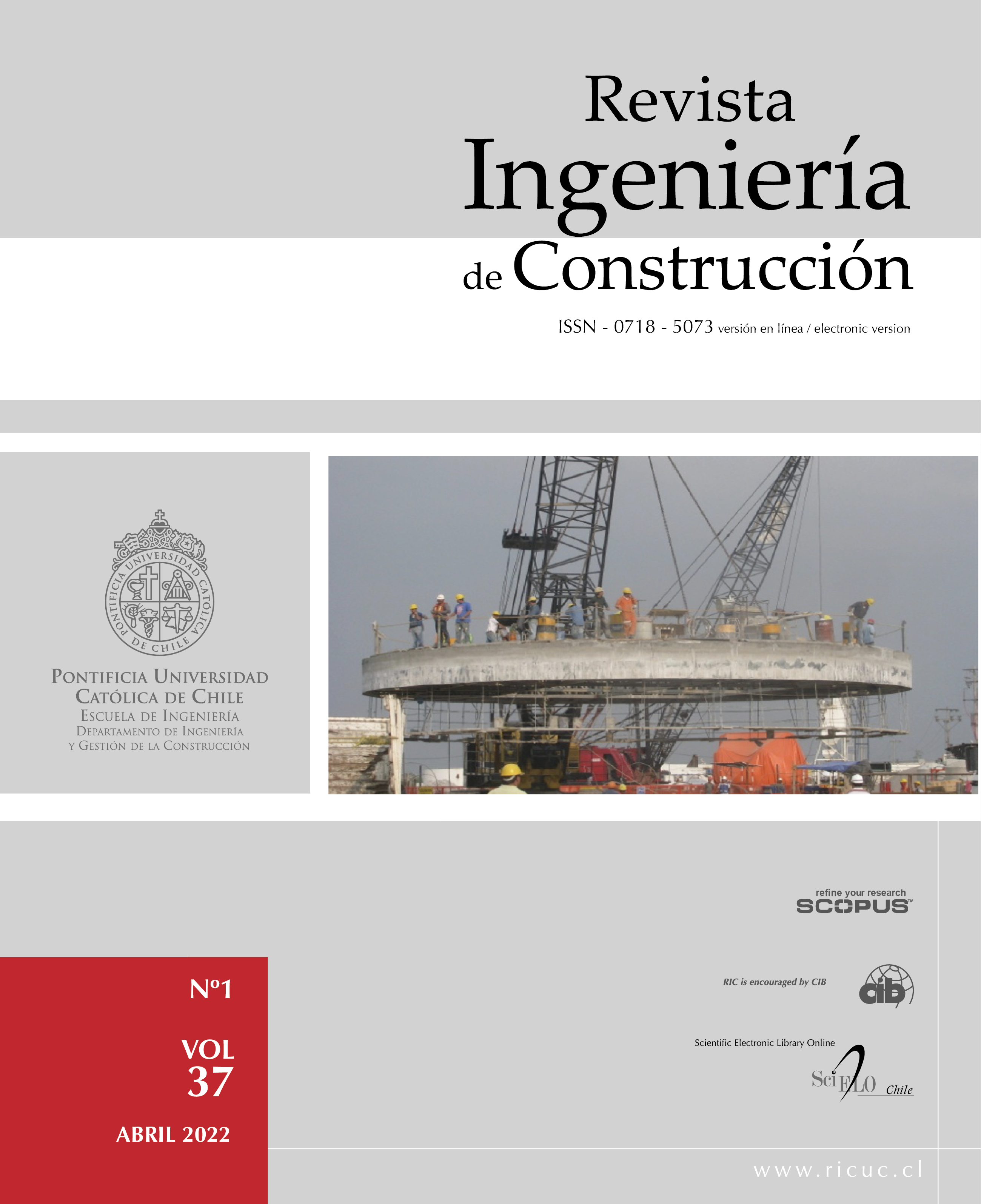Resistance factor calibration for perforated cold-formed steel compression members
DOI:
https://doi.org/10.7764/ric.00015.21Keywords:
reliability, cold-formed steel, holes, DSM, compressionAbstract
Cold-formed Steel profiles are structural profiles widely used in civil construction. They are often manufactured with perforations. The designing can be performed using the direct resistance method. Formulations were adapted by Moen and Schafer (2008) to consider the presence of perforations in these profiles. The objective of this study is to investigate the structural safety of columns with web perforations. The calculation of the resistance capacity was performed using the formulations proposed by the authors. The reliability indexes were determined using the First Order Reliability Method (FORM), First Order Second Moment (FOSM) and Monte Carlo Method (MCM), which are reliability methods for the Load and Resistance Factor Design (LRFD) and Limit States Design (LSD) philosophies. Following the same criteria performed by AISI S100, the resistance factors were obtained from the FOSM method. Based on the results, it was found that the desired security level for the LSD philosophy was not achieved. The calculated resistance factors are predominantly lower than the target. However, for the LRFD philosophy, the safety level was achieved, and the resistance factors were higher than the target.Downloads
Downloads
Published
2022-04-30
How to Cite
Faragó Jardim, R. L. ., Sousa da Rocha Freitas, M., & Riqueira Brandão, A. L. . (2022). Resistance factor calibration for perforated cold-formed steel compression members. Revista Ingeniería De Construcción, 37(1), 35–46. https://doi.org/10.7764/ric.00015.21
Issue
Section
Articles


